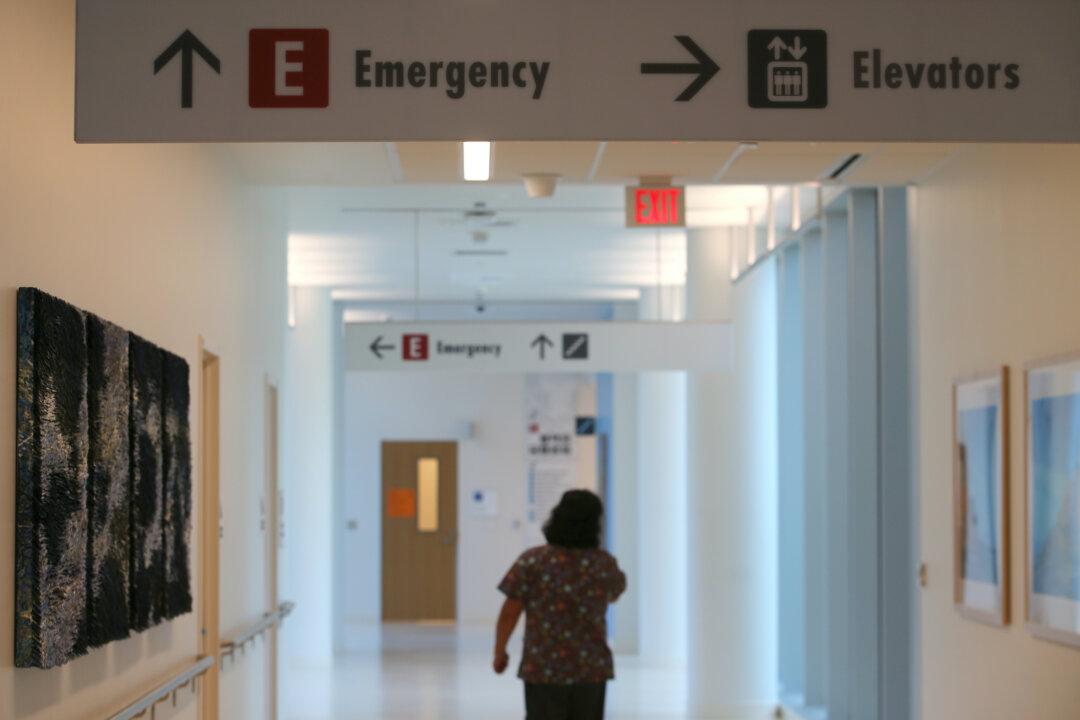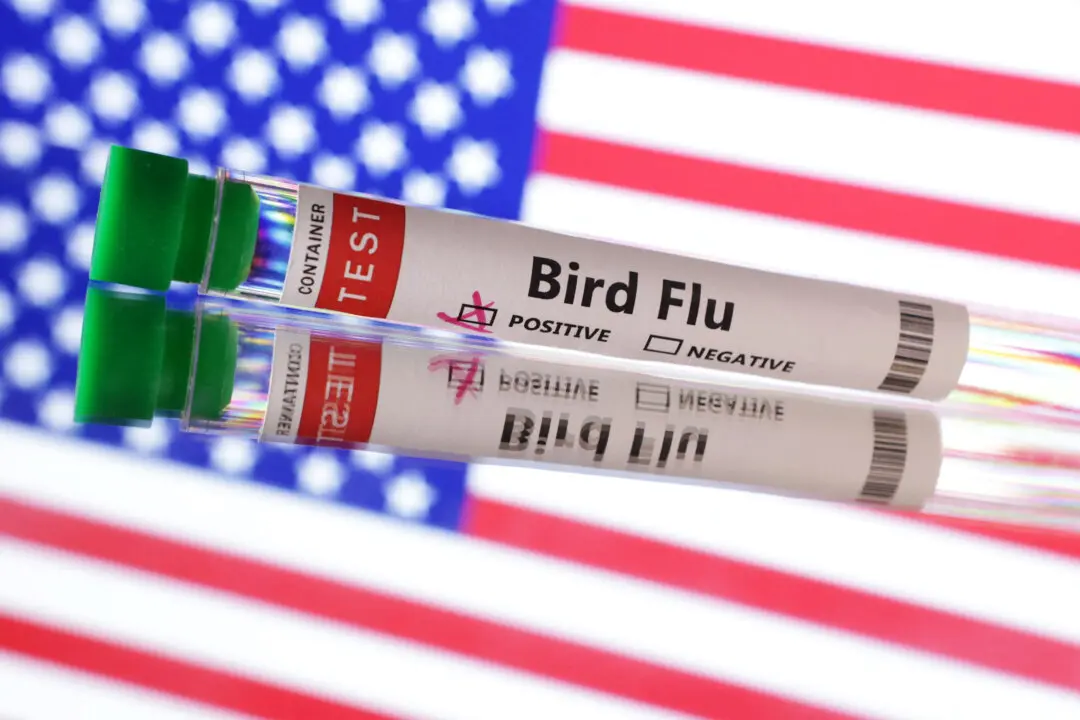WASHINGTON—President Donald Trump on Feb. 28 said he could walk away from a trade deal with China if it were not good enough, even as his economic advisers touted “fantastic” progress toward an agreement to end a dispute with the Asian country.
The United States and China have imposed tit-for-tat tariffs on hundreds of billions of dollars worth of each others’ goods.





